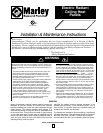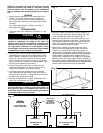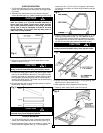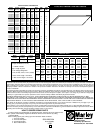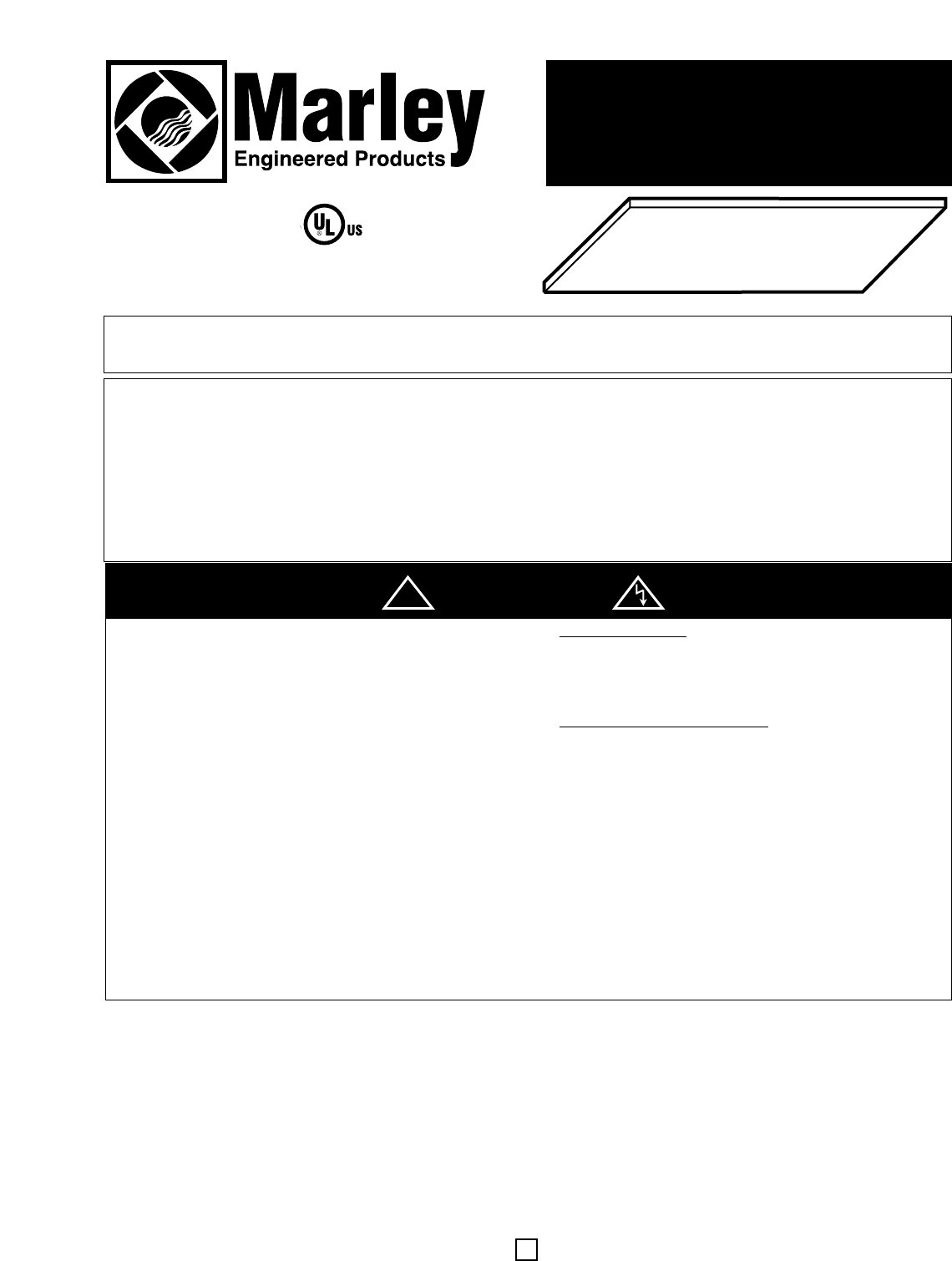
a
Electric Radiant
Ceiling Heat
Panels
Installation & Maintenance Instructions
a
Read Carefully - These instructions are written to help you prevent
difficulties that might arise during installation of heaters. Studying the
instructions first may save you considerable time and money later.
Observe the following procedures and cut your installation time to a
minimum.
1. To prevent possible electrical shock, disconnect ALL power com-
ing to heater at main service panel before wiring or servicing.
2. All wiring must be in accordance with the National and Local
Electrical Codes and the heater must be grounded as a precau-
tion against possible electrical shock.
3. Verify the power supply voltage coming to the heater matches the
ratings printed on the heater nameplate before energizing.
4. This heater is NOT suitable for use in hazardous locations as
described by the National Fire Protection Association (NFPA).
DO NOT use in areas where gasoline, paint or other flammable
liquids are used or stored. DO NOT use in wet areas or areas
where corrosive agents are present, such as marine, green
house, chemical storage, swimming pool, or areas of high
humidity, unless special custom panels are used. Special custom
panels may be available for certain environments. Contact manu-
facturer for details.
5. To prevent a possible injury or fire from falling panels, panels
MUST be securely fastened to the building structure.
When T
-bar Mounted: The T-bar grid work frame must be
secured to the building to provide adequate support for the pan-
els. Holes are provided in the sides of each panel for attachment
of steel support wires for additional support of the panels where
the T-bar grid work frame strength is questionable. Support wire
must be steel and at least 18 gage (0.047 in. dia. / 0.119 cm. dia).
When Surface or Recess Mounted:
The surface or recess mount-
ing frame accessory kits (Models ASF . . . or ARF . . . ) must be
used. Kits must be sized to match heaters being used. Do not
drill holes, drive nails, screws, etc., into or through panels. To do
so may result in fire, electric shock, or permanent damage to
heater. Surface or recess kits must be securely fastened to build-
ing structure using a minimum of four (4) 1/4 inch (.635 cm) diam-
eter screws or bolts.
6. To prevent possible fire due to the overheating of wiring, all field
wiring coming to heating panels must be rated at least 90° C
when junction box is allowed to lie on top of heating panel or is
enclosed between heater and ceiling above. When thermal insu-
lation is used on top of heater, the junction box must be above
the insulation.
7. Panels are intended for ceiling installation only. Do not install on
walls, floor, etc. Painted (bottom) surface of panel is hot. Panels
must be installed at least seven (7) feet off floor and should not
be installed where panels can be easily contacted during use.
WARNING
SAVE THESE INSTRUCTIONS
Dear Owner,
Congratulations! Thank you for purchasing this new heater manufactured by a division of Marley
Engineered Products. You have made a wise investment selecting the highest quality product in the heat-
ing industry. Please carefully read the installation and maintenance directions shown in this manual. You
should enjoy years of efficient heating comfort with this product from Marley Engineered Products . . .
the industry’s leader in design, manufacturing, quality, and service.
. . . The Employees of
Marley Engineered Products
!
FILE #E21069
Marley Engineered Products Radiant Heating Panels are
designed to provide comfort by warming the surfaces
below the heaters just as the sun warms surfaces through
radiant energy. This heating process heats objects in a
room without having to bring the room air temperature up
to the same level. These panels are ideal for spot heating
in high heat loss areas. Panels may be installed side by
side or individually above areas requiring additional heat. If
used as a sole source of heat, more heat will be felt while
standing directly under the panel.
Although the heater contains thermal insulation, it will
operate more efficiently in well insulated rooms. Four or
more inches of insulation above an exposed ceiling will
increase both comfort and economy.
The heaters are intended to be controlled by a remote wall
mounted thermostat. The thermostat should be located in
the same room on a side wall. It should also be above
five feet above the floor, but not directly under the heater.
GENERAL
1



